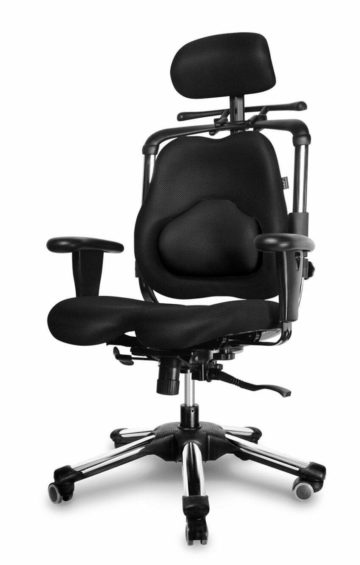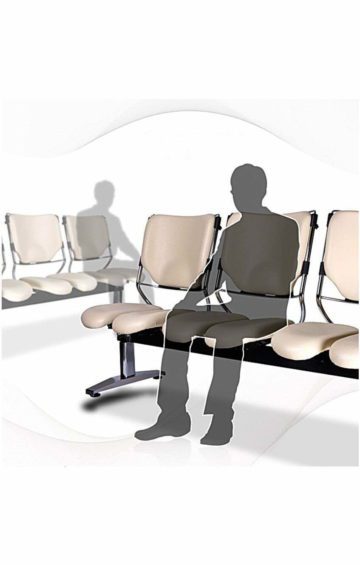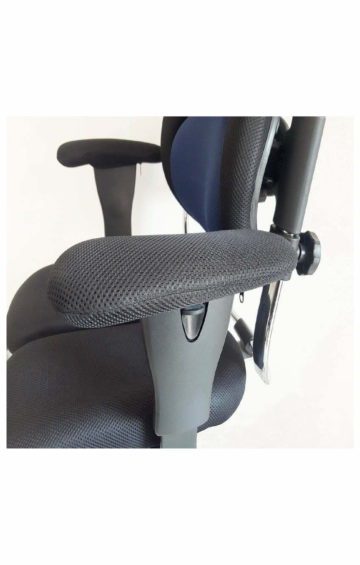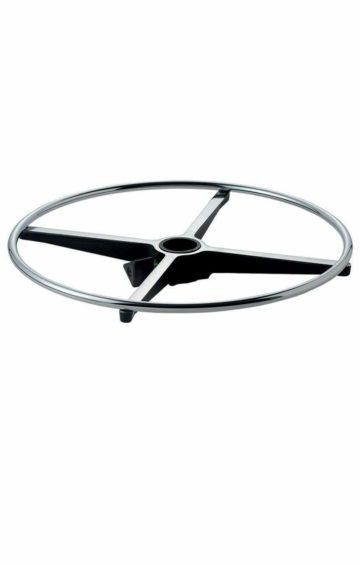Dynamic Sitting
Dynamic sitting marks the healthy contrast to sitting still. Because moving sitting trainiert the torso muscles, stimulates the circulation and protects the intervertebral discs. And: It brings mental freshness and prevents performance drops and tiredness.
More movement when working with screens
From an evolutionary point of view, a person should only lie down, climb or run. At least until the nineties, there was a broad consensus that sitting is extremely harmful to health. High tables quickly moved into offices and work rooms, and where standing could not be enforced, at least the ABC of the back school had to be implemented: sitting upright, with your cross pressed and your pelvis tilted forward. Large Pezzi balls were rolled up on which the back troubled tried to keep their balance while working in front of the computer. The orthopedic surgeon’s credo is now different again. Sitting in itself is not bad, but sitting rigidly. Sitting upright is good when you keep alternating between leaning forward and leaning back. Motto: The next sitting posture is the best.
Sitting healthily means sitting dynamically
The new conviction that “correct”, i.e. dynamic sitting is no more harmful than standing, has even been scientifically proven. Researchers have found that dynamic sitting has a measurable impact on the intervertebral discs. They absorb liquid. The growth in length is a phenomenon that otherwise also occurs at night when the back is relieved and causes a person to grow by about two millimeters. Because intervertebral discs are not supplied by veins, but by osmotic fluid exchange. Dynamic sitting kneads them vigorously and nourishes them well. This worksniethe intervertebral discs act better as a cushioning element of the springy backbone. If a back is not moved, as when sitting rigidly, it stiffens. The intervertebral discs are sat flat.
Which office chairs encourage dynamic sitting
Dynamic sitting has to be relearned and practiced. The movement in front of the screen may seem unusual at first and untrainiered back muscles can be exhausting. Office furniture that dynamically promotes the different postures, encourages the body to sit in motion, supports the back and pelvis and “accompanies” the movements is helpful for this. An integrated spring mechanism should support the back in the various sitting positions. The angle of inclination of the seat should adapt to the inclination of the backrest. The back support should be between 36 and 48 centimeters wide and breathable. The 40 to 50 centimeters wide seat should adapt to the movements of the pelvis and cushion well when sitting down. The armrests should be individually adjustable. At least five casters should prevent tipping backwards.
Our Customers
























